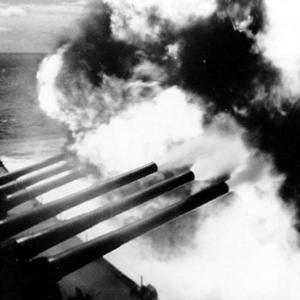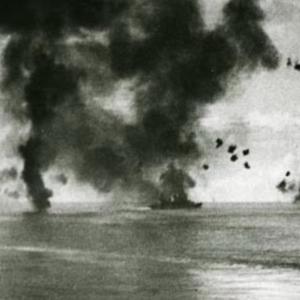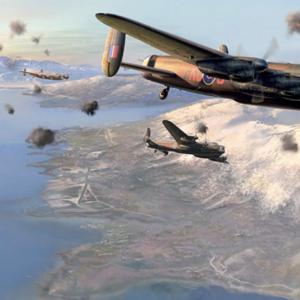
152 mm Atlantic wall naval gun
The German 15.2 cm SK C/28 naval gun was originally designed for warships in the Kriegsmarine but was later adapted for use in coastal defenses along the Atlantic Wall. These guns were part of the fortifications defending the Normandy coast during the D-Day landings on June 6, 1944, providing long-range firepower against invading Allied forces.
This gun fired several types of artillery shells, primarily intended for coastal defense and anti-ship operations. The most common were high-explosive shells weighing about 45.3 kilograms (100 pounds). These shells were filled with TNT or amatol explosives, designed to produce a strong blast and fragmentation effect on impact. The fuzes on these shells were typically nose-mounted, detonating immediately or with a short delay to maximize damage against landing craft, infantry, or light armor.
In addition to high-explosive shells, armor-piercing shells were used. These weighed approximately 48 kilograms (106 pounds) and were constructed with hardened steel casings. They were equipped with delayed-action fuzes to allow the shell to penetrate ship armor or fortified structures before exploding. Such shells were capable of damaging or destroying armored vessels and reinforced coastal defenses.
Other types of ammunition included illumination and smoke shells, which were used to light the battlefield during night fighting or to create smoke screens to obscure troop movements.
The production of the 15.2 cm SK C/28 guns and their ammunition was handled by several major German manufacturers. Krupp AG produced the gun barrels and turret assemblies, Rheinmetall-Borsig AG was responsible for manufacturing the shells and propellant charges, and Fried. Krupp Germaniawerft constructed the naval mounts and coastal battery installations. Ammunition was assembled in specialized factories that ensured high quality and reliability.
The gun had a caliber of 15.2 centimeters and a barrel length of 45 calibers, which is about 6.8 meters. It fired shells at a muzzle velocity of approximately 835 meters per second, giving it a maximum range of up to 23,000 meters (23 kilometers or roughly 14.3 miles), depending on the type of shell and propellant charge used. Under combat conditions, the rate of fire was generally between six and eight rounds per minute.
Operating the 15.2 cm SK C/28 gun typically required a crew of around 10 to 12 men. This crew included gunners, loaders, ammunition handlers, range finders, and commanders, all working together to ensure rapid and accurate firing. The coordination of this team was critical for maintaining the gun’s rate of fire and effectiveness during combat.
The 15.2 cm SK C/28 was a formidable weapon in the Atlantic Wall defenses, capable of engaging Allied warships and landing craft at considerable distances offshore. Its powerful shells, relatively high rate of fire, and trained crew made it a significant threat during the Normandy invasion, contributing to the defensive efforts against the Allied amphibious assault.










